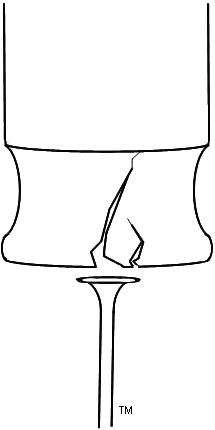Spent some time today doing minor edits to glossary entries. Of all the small edits, the most significant change made was to add the following section to the entry for
weights.
“
. . . . . . .
Netlab's Compatibility Mode
ANN models that use floating point signed-value weights in the conventional fashion are math-centric. That is, they typically are concerned only with the signed numeric weight-value, rather than with the connection-strength represented by its absolute value. In this case, for example, increasing the weight value will make it more positive, regardless of whether it is representing an excitatory or inhibitory connection.
Netlab's default behavior is to operate directly on connection-strength representations, regardless of how they are implemented internally. Netlab neurons facilitate the conventional practice, however, by allowing it to be specified in the learning method for each weight-layer.
The table below shows how Netlab facilitates compatibility with existing practices. The table documents how the translation is carried out between the traditional math-centric convention, and Netlab's connection-strength-centric convention.
Connection-Type->
v--Operation
|
Excitatory
|
Inhibitory
|
|
Increase
|
Increase
Connection Strength
|
Decrease
Connection Strength
|
|
Decrease
|
Decrease
Connection Strength
|
Increase
Connection Strength
|
Translations performed when conventional adjustment
practice is specified for a connection.
”
One possible analogy for the conventional, value-based, adjustment practice is that of adjusting for a specific water temperature from a faucet. If the water is too cold, for example, adjusting the weight
value is comparable to simultaneously increasing the hot and reducing the cold (hot being the negative inhibitory weights, and cold being the positive excitatory weights in this analogy). Conversely, if the water is too hot, it is adjusted by simultaneously decreasing the hot, and increasing the cold.
In this way, Netlab is able to fully support the practice of working directly with the numeric value of a signed weight, but it also supports its own alternative strategy of adjusting connection strength representations. This strategy seems to be more representative of what has been learned about the cell, and molecular biology of neurons. The faucet analogy used above to describe the value-based adjustment is not sufficient to describe this strategy
[1].
- Related glossary entries:
===========
Notes:
[1] - This is not to say the connection-strength adjustment strategy can't be related with an analogy, just that I have been too lazy, or too unfocused to come up with one that feels satisfyingly apt.
 Stand Out Publishing
Stand Out Publishing
